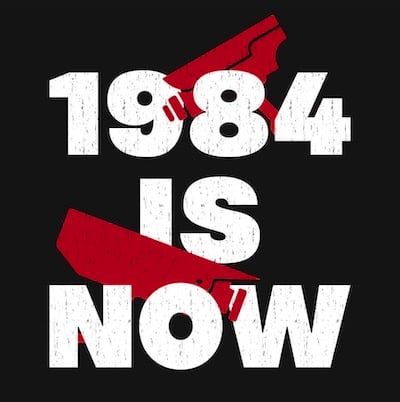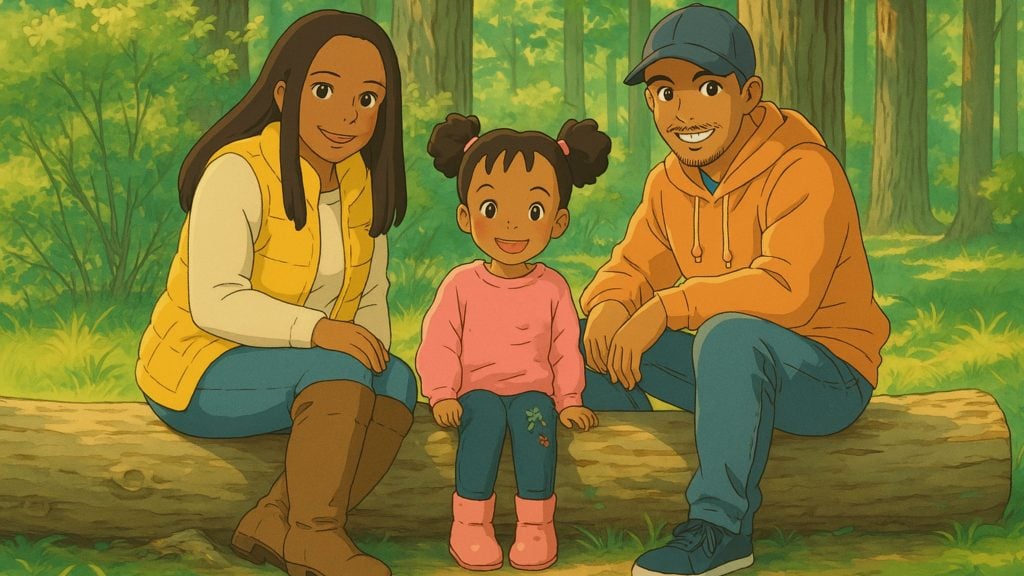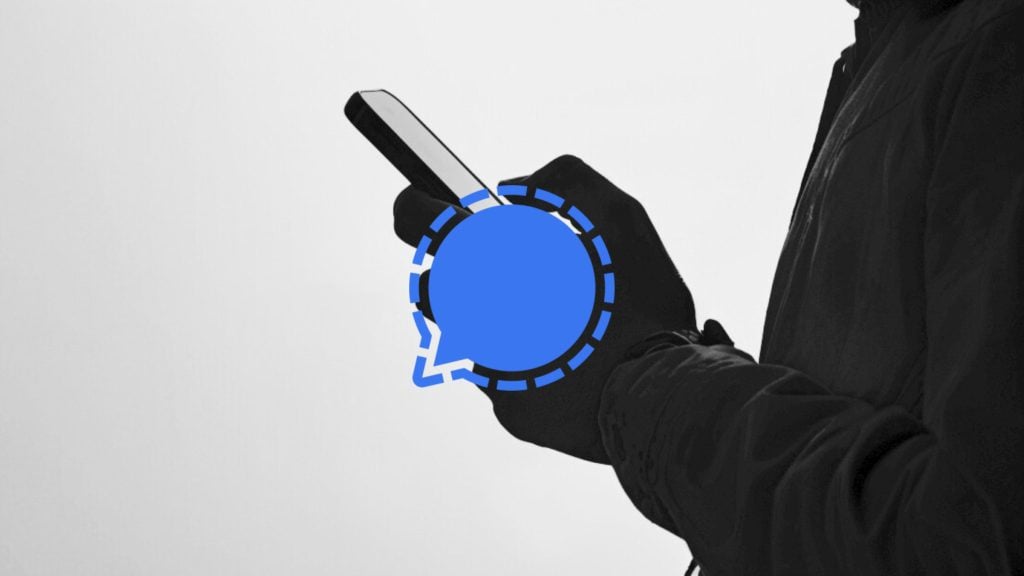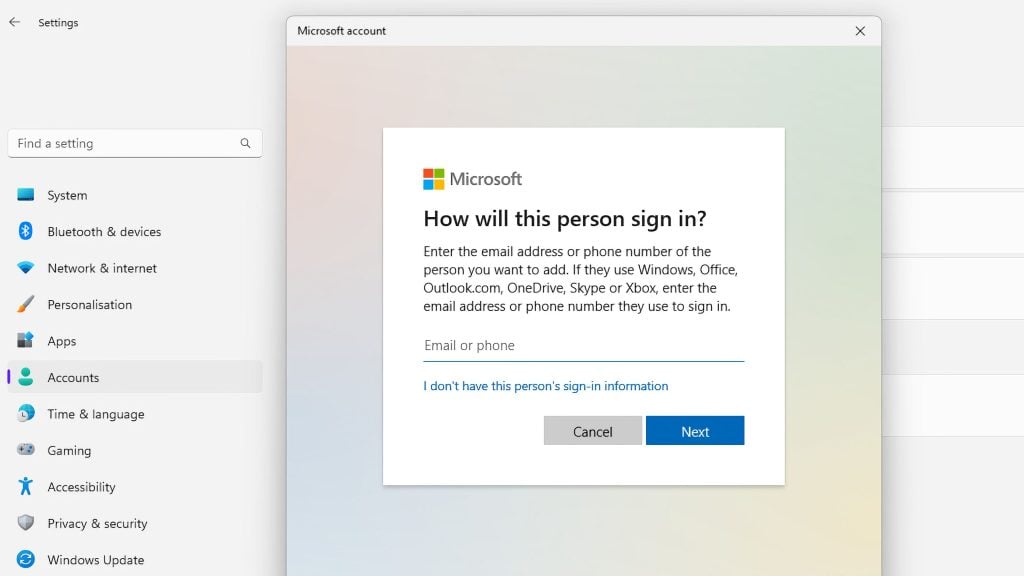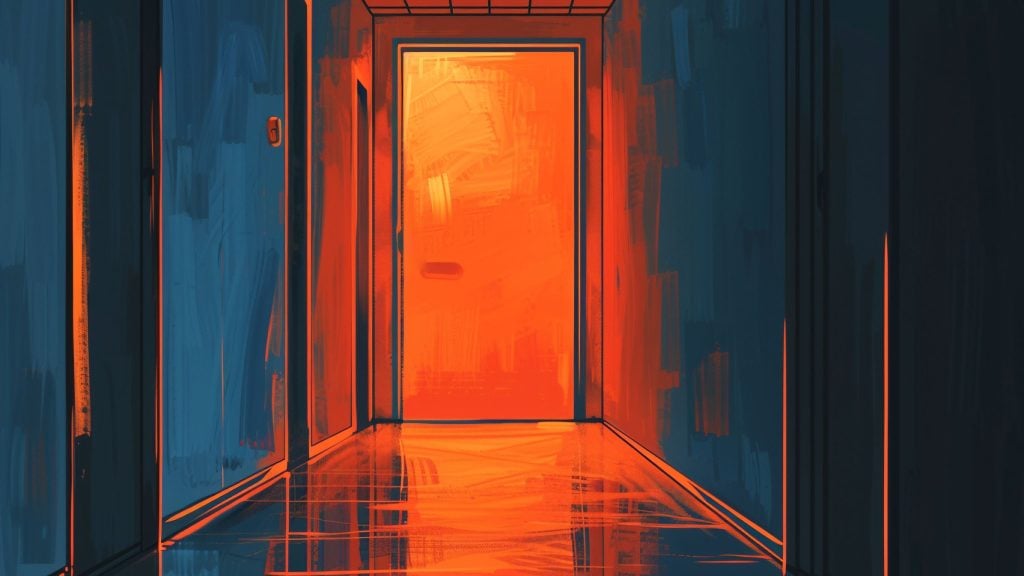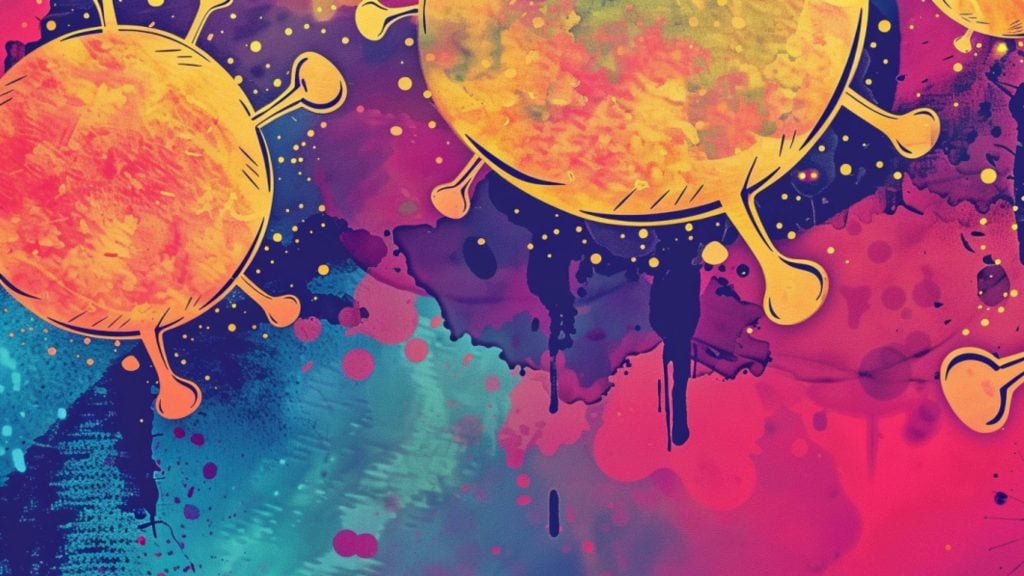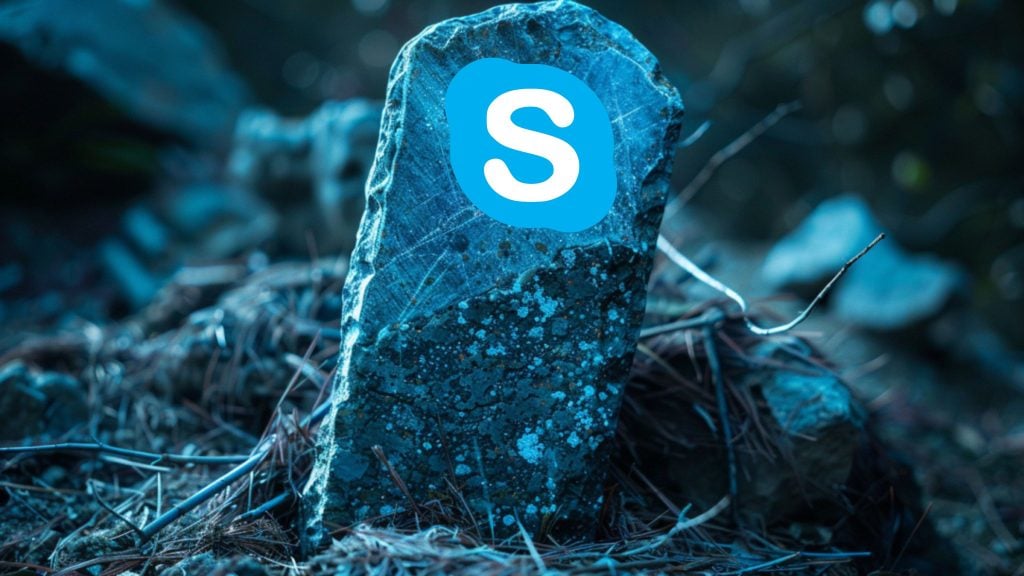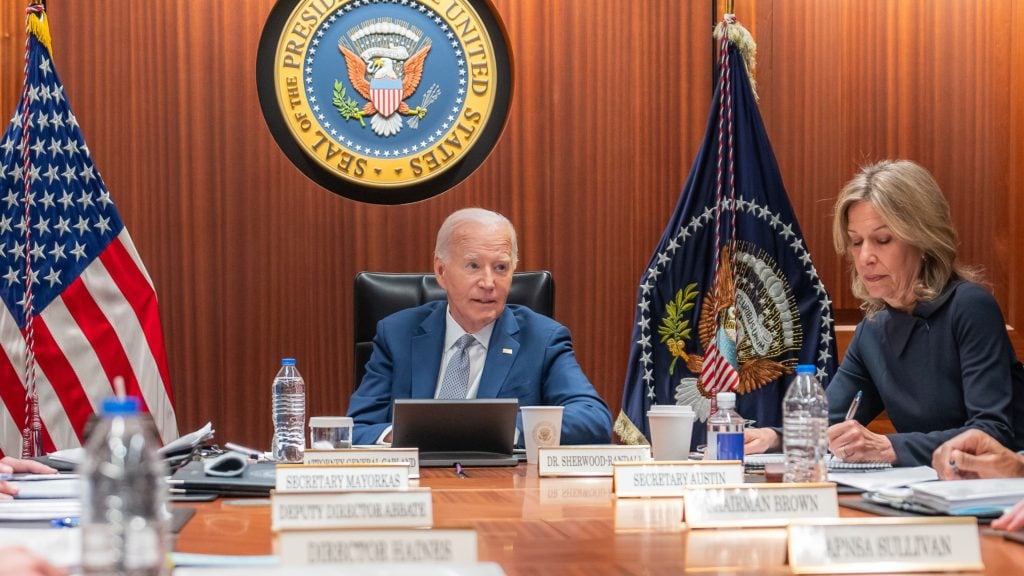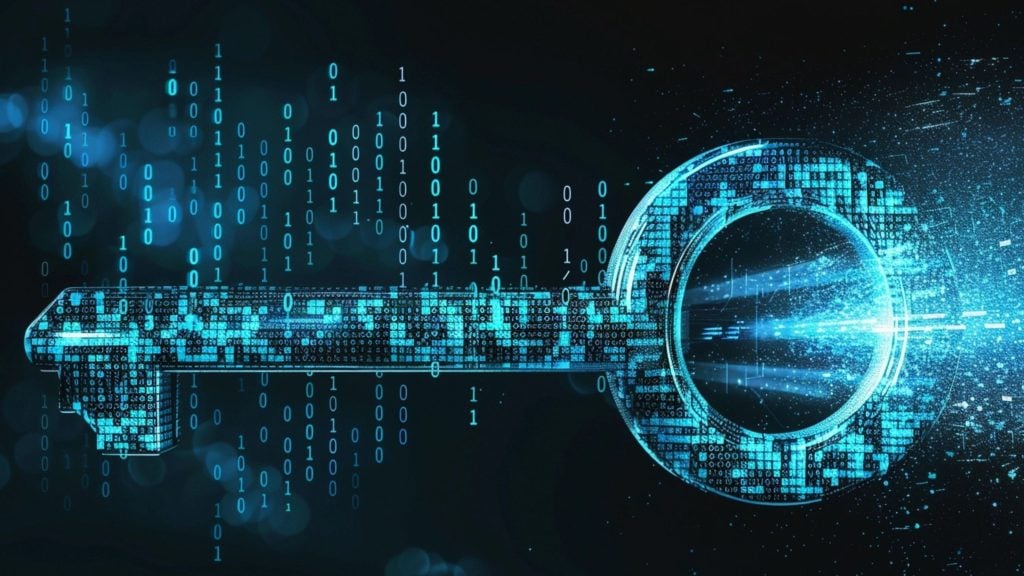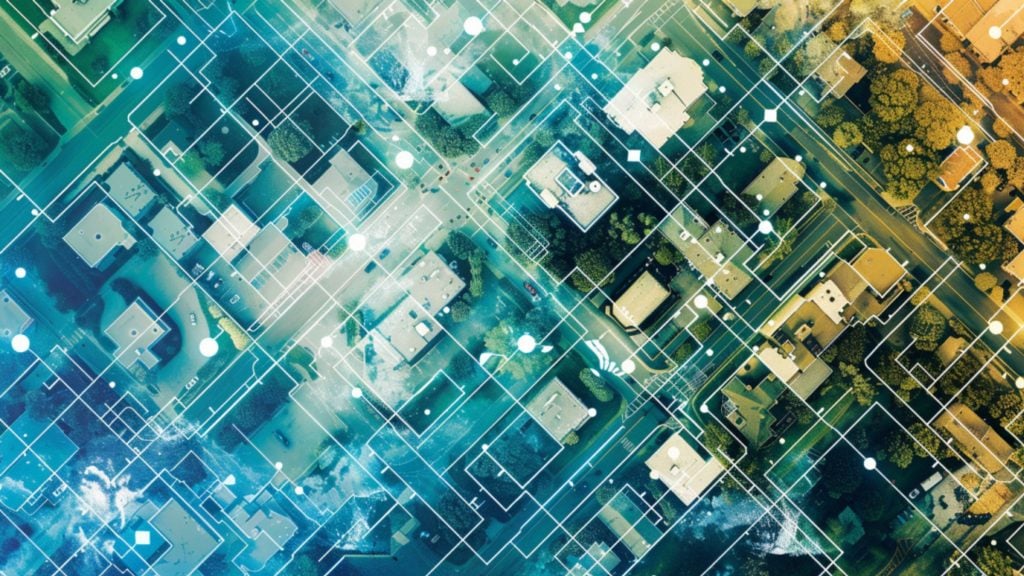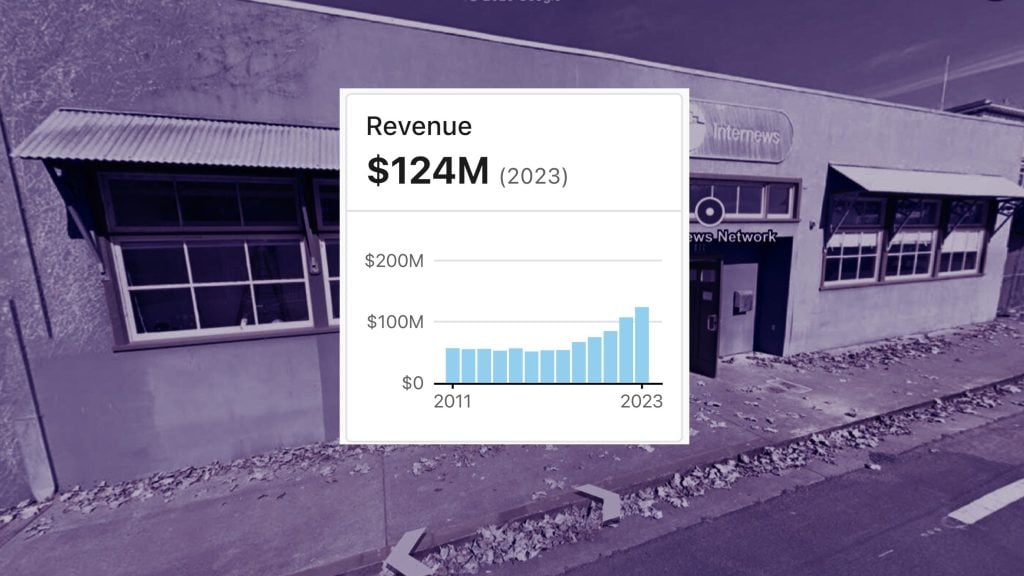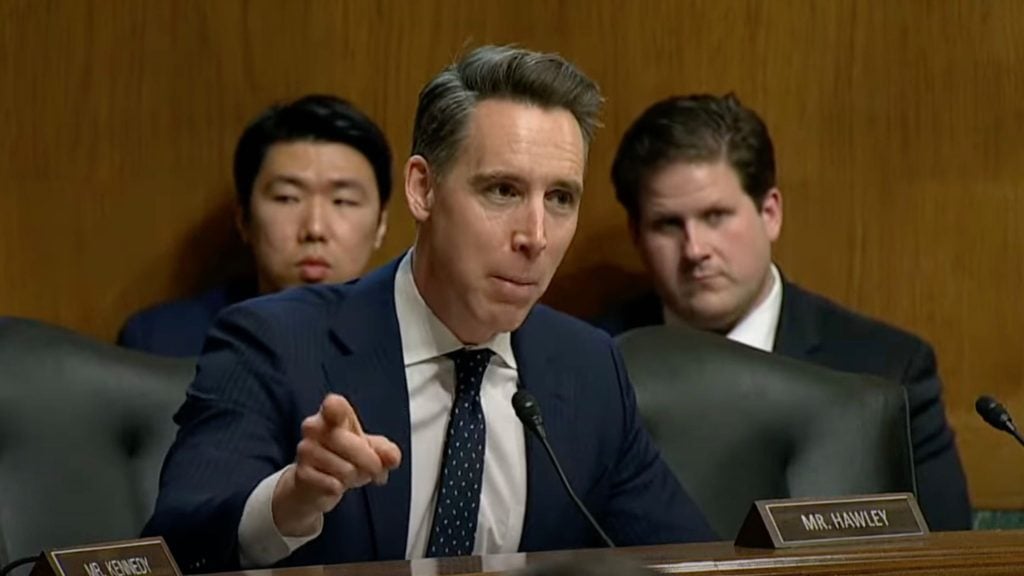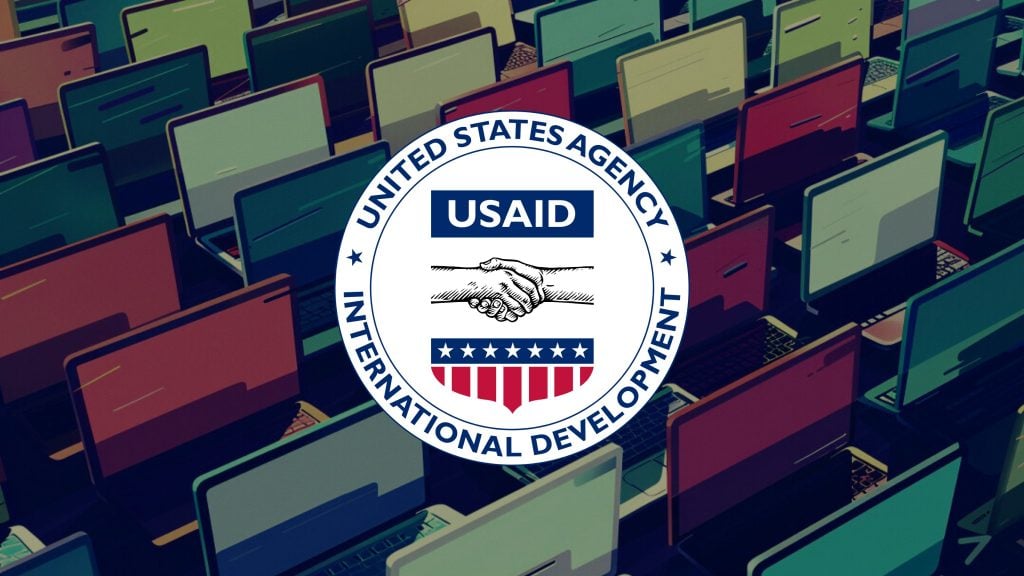China’s massive viral video platform TikTok is making sure not to lag far behind its western competitors in trying to control the way users have access to information, and in making efforts to interpret information that is available to them.
A newly announced policy will prod users who are attempting to share a video previously slapped with a misleading label to go in a different direction, a company blog post revealed on Wednesday.
This applies only to that content that has not already been removed thanks to flagging by fact-checkers that TikTok hires, the post explains.
But now even the credibility of videos suspected of being in some way misleading – while no proof for that, even by fact-checker standards, could be found – will be further degraded.
This content in TikTok’s “limbo” is now being referred to as “unverified” or “unsubstantiated.” The definition is by now expectedly vague and broad, while the feature will be implemented globally in the coming weeks, and as soon as of Thursday in the US and Canada.
The way TikTok will do it is by placing banners on such videos, and if users try to share them, they will be prompted once again that this is “unverified content.” While users will still be able to share these videos if they wish, the feature, like similar ones found on other giant social networks, is clearly designed to discourage them from doing so and ultimately affect and steer the way they express themselves on the platform.
To that point, the company behind TikTok explained that they designed and tested the feature with a behavioral science lab called “Irrational Labs.” TikTok says this is a part of the effort to advance media literacy, while the program also includes educational videos (concepts reminiscent of what they would refer to as “reeducation” in China.)
Previously, TikTok, was criticized as not implementing tight enough control of content on the platform, from the point of view of US media and political circles who are big proponents of tightly regulated social media.
But ahead of the 2020 presidential election, the viral video platform stepped up its “anti-misinformation and manipulation” game, while the latest move is seen by some as one in “a series of incremental steps to help reduce the spread of misinformation, hate speech and other bad content on the platform over the past year.”



